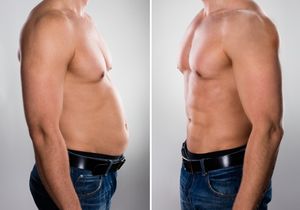Too often, we see business websites that were built only with desktop users in mind, leaving mobile visitors with a poor user experience. This is especially concerning when you realize that most web traffic these days comes from smartphones and tablets.
Whether your visitors are taking a virtual tour of your facility, learning about your fitness classes or signing up for a personal training session, chances are, they’re doing so on their smartphone. That’s why it’s critically important that your website is designed with mobile users in mind.
At the very least, you want your fitness website to be responsive. When a site is responsive, its design will automatically reconfigure based on the device it’s being viewed on. That might mean a slight change in orientation, but it ensures optimal functionality and aesthetic on any device. Plus, it eliminates the need to have a separate mobile website.
In addition to having a responsive website, it’s important that you format your website correctly for an optimal mobile experience. For one, you’ll want to break up your text into smaller chunks to avoid overwhelming mobile readers with a wall of text.
You’ll also want to ensure that you leave plenty of space around buttons and other clickable elements, as a fingertip is less precise than a mouse.










